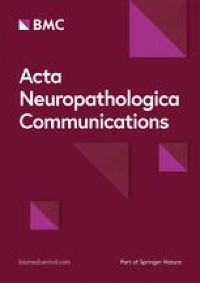Objective
To analyze the long-term symptomatic results of laser-assisted sialolithotripsy (LAS) in cases of obstructive sialolithiasis and correlate with objective criteria using diagnostic sialendoscopy (DS) as a method of examination.
Methods
This is a retrospective study comprising 50 consecutive patients who underwent holmium-YAG LAS and completed follow-up of at least 6 months. Symptom scoring and endoscopic scoring were done at 6 weeks and 6 months intervals for further study purposes.
Results
At the end of 6 weeks post-LAS, 70% patients were asymptomatic (A-sym) and only 30% had residual symptoms (Sym). However, obstructed duct (OB-duct) was observed on endoscopic scoring in 88% due to stenosis, residual stones, or both stenosis and residual stones. The obstructed ducts were treated in outpatient clinic and followed up over time, leading to 98% of patients being in A-sym group at the end of study period of 6 months. At the end of study, 82% of patients had clear duct (CL-duct).
Conclusion
Holmium LAS is a viable option for the management of intermediate-sized stones. LAS if used judiciously, and in properly selected cases, has high rate of stone fragmentation and symptom resolution. A vigilant postoperative protocol taking into account residual mealtime symptoms and altered salivary characteristics combined with early DS can help identify and treat patients with residual stone fragments and ductal stenosis.
Level of Evidence
3 Laryngoscope, 2022



